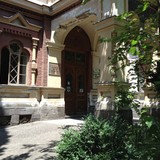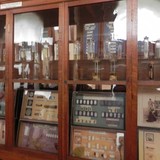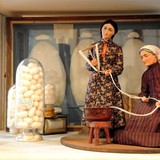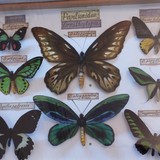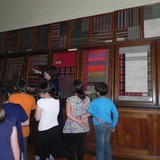Silk Museum
-
-
Didube, st. Georgi Tsabadze, 6
-
- +995 032 2 34 78 50
-
11:00 to 16:00 mn-sat
-
-
About us
This museum is one of the oldest in Georgia. The center of the collection was formed in 1887 due to the efforts of the head of the Caucasian sericulture station N. Sharov. In 1892 he initiated the museum opening which was originally a structural subdivision of the station. Today museum is located in a building of sericulture station built by the architect A. Shimkevich.
The museum exhibits make possible to trace back over all aspects of the formation and development of sericulture in the country. A significant part of the collection is devoted to the biology of the silkworm and mulberry. The life cycle of the insect is presented in detail as well as the different stages of its growing and types. Just a collection of cocoons of a variety in shape, size and color (from white and yellow to light green), including the long-extinct species, numbers about 5,000 items (the general fund is 7000). In the halls you can see a variety of kinds of silk and tissue samples. The technology of silkworm breeding is represented in details. Models of looms, some originals of equipment, a large collection of spindles and silkworm tools facilitate the perception of the information.
Another part of the museum exhibition is dedicated to the practical use of other products of sericulture: caterpillars and insect eggs. The exhibition represents goods which are the result of cultivation of mulberry trees: samples of jam, vodka, vinegar, etc. The museum offers to observe live insects: butterflies and caterpillars.
One more section of the exhibition describes the history of the development of sericulture and silk in the world. The most significant part is the description of the Silk Road's development, the great trade routes of the Middle Ages. The museum has also one of the largest collections of butterflies.
Silk fabrics and threads of the decorative folk art are also represented. There you can find a collection of samples of silk embroidery, clothes and carpets. The museum collection has samples of silk production from 61 countries.
The museum is involved in active educational work with children, adolescents and adults, offering to take part in various programs of teaching skills of practical work with silk.

